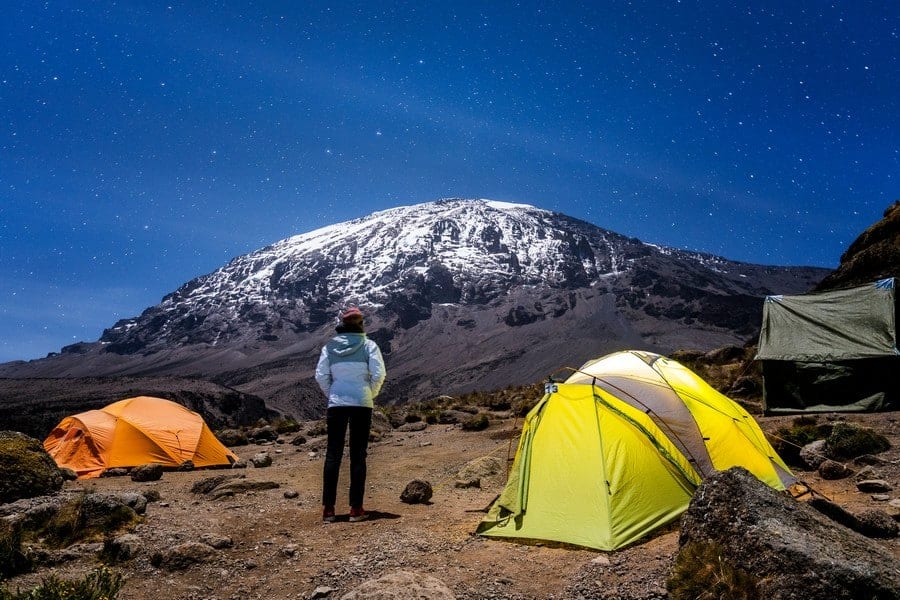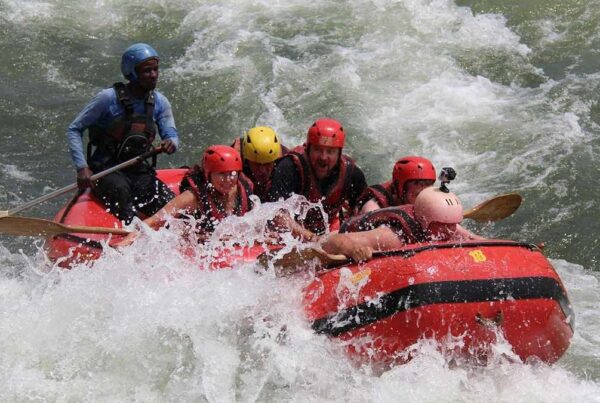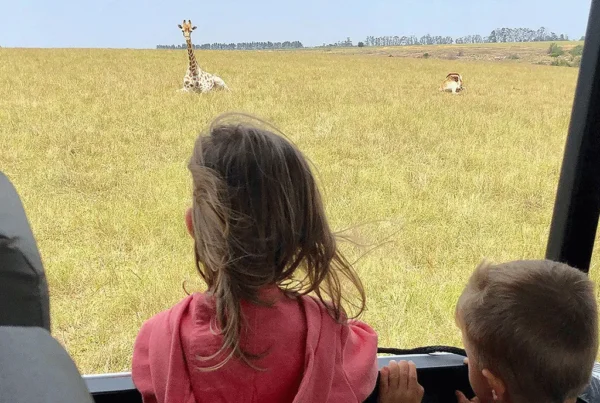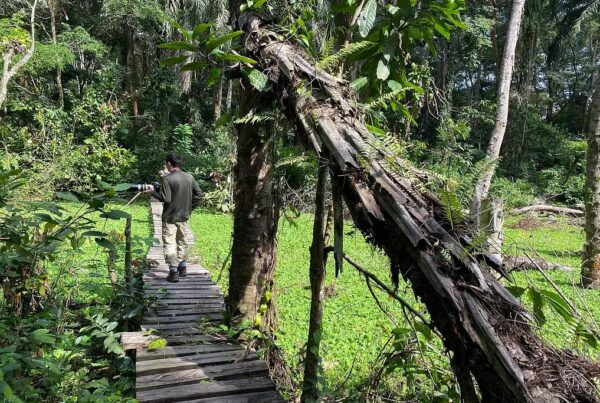Can You Climb Kilimanjaro Without a Guide?
The Allure of Kilimanjaro: Africa’s Roof Beckons
Standing majestically at 5,895 meters, Mount Kilimanjaro is Africa’s highest peak and one of the world’s most iconic trekking destinations. The allure of reaching the summit, known as Uhuru Peak, draws adventurers from all corners of the globe. The mountain’s diverse climatic zones—from lush rainforests to arctic deserts—offer a uniquely challenging and rewarding experience. Yet, a question often posed by eager climbers is whether it is possible to climb Kilimanjaro without a guide. This inquiry invites an in-depth examination of the mountain’s regulations, safety considerations, and the overall logistics involved in such an endeavor.
Kilimanjaro’s Official Regulations: The Mandatory Guide Requirement
From the outset, it must be understood that Tanzanian authorities have implemented strict rules regarding the ascent of Kilimanjaro. Since 2013, it has been mandatory for all climbers to use licensed guides and employ local porters. This policy was established to improve safety, reduce environmental impact, and boost the local economy by providing employment opportunities for residents.
The regulations require that climbers are accompanied by guides who are trained in mountain safety, altitude sickness management, and first aid. Additionally, porters are hired to carry equipment and supplies, reducing the physical strain on climbers and ensuring the sustainable management of the trails. Attempting to climb without a guide is illegal and not supported by the Kilimanjaro National Park authorities. Thus, the concept of climbing Kilimanjaro independently has been officially disallowed, emphasizing the critical role played by professional support teams.
Safety Considerations: Why Guides Are Indispensable
The ascent of Kilimanjaro presents serious physical and environmental challenges that justify the presence of experienced guides. Altitude sickness, which can escalate rapidly and become life-threatening, remains a primary concern. Guides are trained to recognize early symptoms and take appropriate action, including recommending acclimatization strategies or descent.
Moreover, the mountain’s variable weather conditions, rugged terrain, and sometimes limited visibility can complicate navigation and increase risks of injury or disorientation. The expertise of guides, who know the routes intimately and monitor the health and progress of their clients, is essential in mitigating these risks.
Rescue operations on Kilimanjaro require coordination and local knowledge, which guides are equipped to provide. Without their presence, the response to emergencies would be delayed and less effective, potentially endangering lives. Therefore, the enforcement of mandatory guiding ensures a safer experience for all climbers.
Logistical Complexities and Local Knowledge
Beyond safety, the logistics of climbing Kilimanjaro demand thorough preparation and local expertise. Routes vary in length, difficulty, and scenery, including popular paths such as Marangu, Machame, Lemosho, and Rongai. Guides tailor the itinerary based on the climber’s fitness, acclimatization needs, and weather forecasts, optimizing the chances of success.
Porters facilitate the transport of heavy gear, food supplies, and camping equipment, allowing climbers to focus on their ascent without excessive burden. The coordination of camp setups, meal preparation, and waste management is managed by the support team, preserving the fragile mountain environment.
In the absence of guides and porters, climbers would need to assume full responsibility for carrying loads, navigating unfamiliar terrain, and organizing daily logistics, greatly increasing the difficulty and risk. The advantage of local knowledge and experience is therefore indispensable and cannot be overstated.
The Cultural and Ethical Dimensions of Guided Kilimanjaro Climbs
The mandatory use of guides also aligns with ethical and cultural considerations. Kilimanjaro is not merely a natural landmark but a symbol deeply embedded in Tanzanian heritage. Employing guides and porters supports local communities by providing fair wages and promoting responsible tourism practices.
Many operators emphasize fair treatment of porters, ensuring that their workload, accommodation, and health are managed with care. This approach not only preserves the dignity of those involved but also enhances the overall sustainability of climbing Kilimanjaro.
Climbers who attempt to circumvent these systems risk contributing to unsafe working conditions and environmental degradation. Therefore, adherence to regulations and respect for local customs underpin the ethos of a responsible Kilimanjaro expedition.
Practical Alternatives and Preparation for Aspiring Climbers
While climbing without a guide is prohibited, climbers are encouraged to engage actively in their expedition by selecting experienced operators who prioritize personalized service and education. Guides often share valuable insights into the mountain’s ecology, geology, and cultural significance, enriching the journey.
Preparation for the climb should include physical conditioning, acclimatization planning, and appropriate gear selection, all of which are supported and enhanced by the guidance team. The mountain’s challenges are formidable, but with professional support, success rates are significantly higher and experiences more rewarding.
Furthermore, climbers can choose routes and packages that match their preferred style—whether intimate small-group treks, luxury camping, or classic adventure tours. In every case, the partnership with guides is central to the achievement of summiting Kilimanjaro safely and memorably.
Debunking Common Myths About Independent Climbing
Despite the clear regulations, some myths about independent climbing persist. Occasionally, private climbers attempt to summit Kilimanjaro without guides by avoiding official checkpoints or booking illegal tours. Such actions expose individuals to legal penalties, increased safety hazards, and lack of emergency support.
It must be emphasized that Kilimanjaro is neither a simple hike nor a mountain that can be approached casually. The risks of altitude sickness, unpredictable weather, and difficult terrain make the presence of trained guides essential. These professionals are not mere escorts but guardians of climbers’ wellbeing.
Therefore, any notion that Kilimanjaro can or should be climbed without a guide is not supported by facts, legal frameworks, or best practice in mountaineering.
The Guided Climb Is the Only Viable Path
In summary, the climbing of Mount Kilimanjaro without a guide is neither legally permissible nor advisable due to stringent Tanzanian regulations, safety imperatives, and the complex nature of the ascent. The presence of skilled guides and dedicated porters ensures not only the physical security of climbers but also the preservation of the mountain’s delicate environment and the support of local communities.
Choosing a reputable operator with experienced guides enhances the likelihood of a successful summit and enriches the overall experience with education and cultural immersion. The mountain’s challenges demand respect, preparation, and professional support.
Book Your Kilimanjaro Adventure with WildHorn Africa
For those determined to conquer Africa’s highest peak, booking through WildHorn Africa guarantees access to trusted guides, ethical practices, and expertly organized safaris and tours. WildHorn Africa’s commitment to safety, sustainability, and local empowerment makes it the ideal partner for an unforgettable Kilimanjaro journey. Every step toward Uhuru Peak becomes a shared triumph when supported by professionals who understand the mountain’s demands and its magic.
Prepare to ascend with confidence, guided by expertise and driven by the spirit of adventure.





 WildHorn Africa – Authentic and unforgettable tours across Africa, guided by local experts who know the land, wildlife, and culture best.
WildHorn Africa – Authentic and unforgettable tours across Africa, guided by local experts who know the land, wildlife, and culture best.


